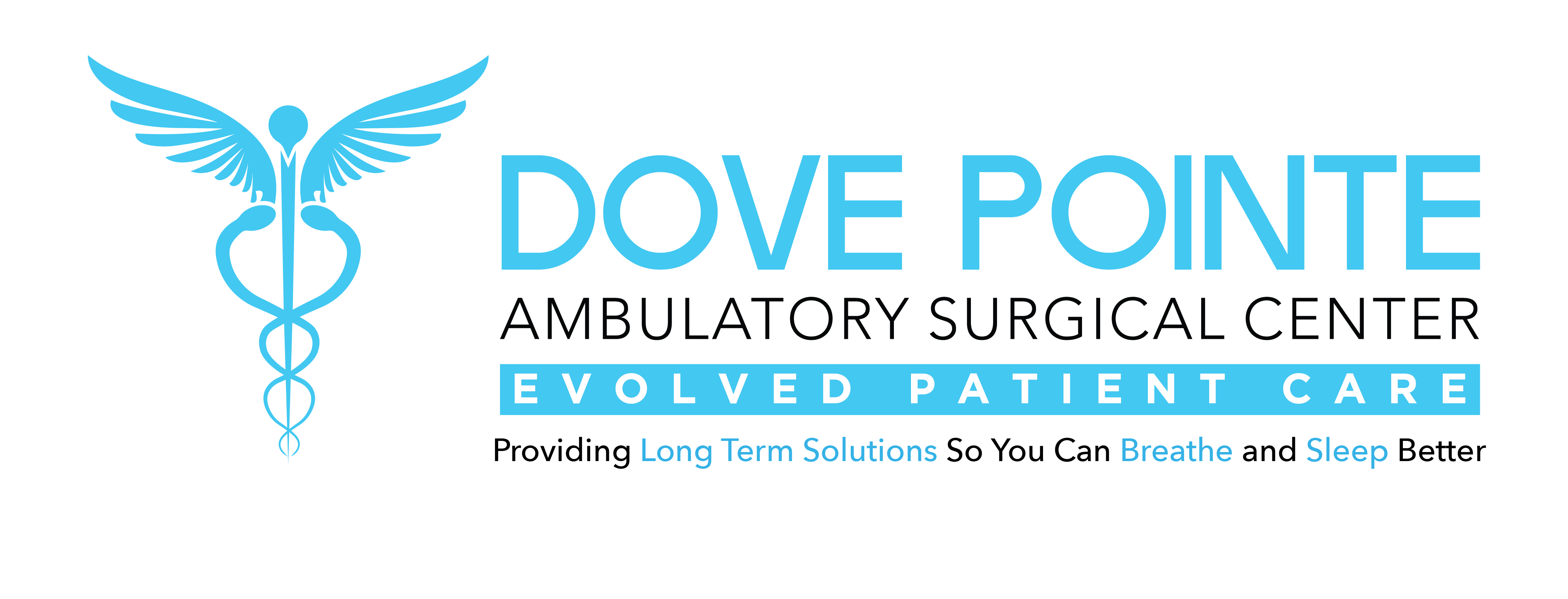If you’ve ever experienced a feeling of pain or pressure in your ear, you know just how uncomfortable it can be. Perhaps it went away on its own, but if it has not, you may be wondering what could be causing this discomfort?
Today, your dedicated McAllen sinus relief specialists at the Glatz Group of Valley ENT will present you with all the information you need on Eustachian tube dysfunction.
About Eustachian Tube Dysfunction
The Eustachian tubes run from the middle ear to the back of the nose and throat. When functioning correctly, the tubes will open and allow air to flow through. Eustachian tube dysfunction (ETD) happens when the tubes will not open properly and in some cases, become blocked. This creates a feeling of pain and pressure in the ear.
The Causes
There are many different causes of ETD, and for many sufferers, the risk of dealing with ETD increases if they are coping with other existing illnesses. Common causes of ETD include:
- Allergies
- Cold or sinus infection
- Flying in an airplane or a change in altitude
- Smoking
- Sleeping face down on your stomach
- GERD
- Having a tumor in the throat or nose
The Symptoms
Everyone experiences different symptoms, and they can vary due to the severity of your case. Some of the most common symptoms you may experience with ETD include:
- A feeling of pressure or fullness in the ears
- A clogged sensation in the ear, causing everything to sound muffled
- Pain in either one or both ears
- A ringing sensation in one or both ears
- Popping, crackling, or clicking in your ears
- It may be hard to keep balance
If you suspect you are suffering from ETD, it is always best to visit an ENT you can trust to confirm your diagnosis.
The Treatment
There are a wide variety of treatments you can try for ETD, and depending on the severity, it may go away on its own. If that does not happen, here are a few treatment options you can try:
- Try at-home treatments to open up your eustachian tubes: Some examples your doctor may recommend are chewing gum, blowing with your mouth shut while pinching your nostrils, swallowing, or even yawning.
- Use an air pressure device: Your ENT may use an air pressure device to blow air into your nose and tubes to help relieve that pressure.
- Treat your allergies: In many cases, allergies are the sole cause of ETD. By treating your allergies with a decongestant, antihistamine, or nasal steroid, the swelling of your tubes may go down, helping air to flow more freely.
- Have surgery: There are two surgical procedures that can be done. The first being a myringotomy, where a hole will be made in your eardrum to release pressure and fluid buildup. The second procedure is a tuboplasty, where your eustachian tubes will be widened.
When To See A Doctor
If your symptoms worsen, you develop a fever, or have lost any amount of hearing, it is best to give your McAllen sinus relief specialists a call.
At Glatz Group of Valley ENT, our Physician Assistant (PA) Jonathan Lerma, is certified in treating Eustachian tube dysfunction.
Diagnosis and Treatment with Jonathan Lerma
There are many different ways Lerma can diagnose Eustachian tube dysfunction. The first being an exam of your eardrum while you breathe deeply and swallow. He will look at how the eardrum responds and make a diagnosis from that. The second way is by using a tympanometer to measure the pressure inside your ear.
Certified through Stryker, P.A. Lerma is trained in the treatment of Eustachian tube dysfunction. He will use a balloon dilation device to target the inflamed mucous and replace it with new, healthy mucous, relieving the pressure in your ear. This procedure has proven to be safe and effective for treating Eustachian tube dysfunction.
Relieve the Pain and Pressure in Your Ears After Visiting The Glatz Group of Valley ENT!
Eustachian tube dysfunction can have a variety of causes and treatments. At Glatz Group of Valley ENT, we are fully equipped to handle any case you bring our way!
YOUR TEXT



